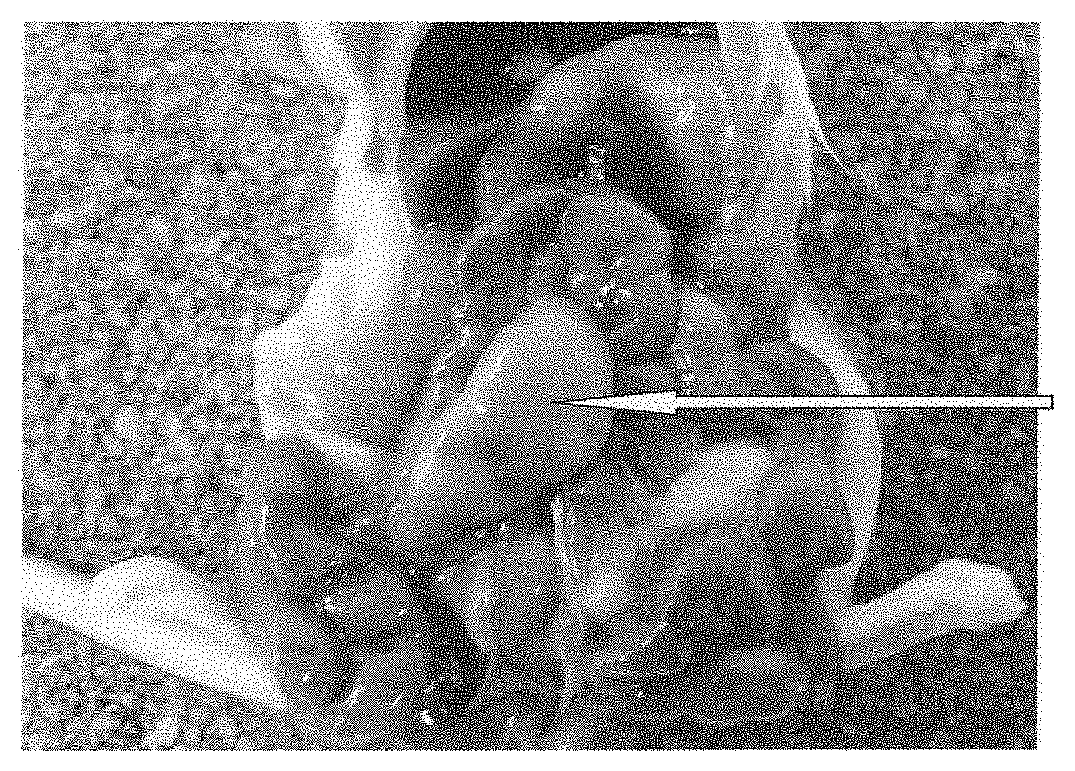Prophylactic agent for spontaneous cancers
a cancer and spontaneous technology, applied in the field of spontaneous cancer, can solve the problems of affecting the development, difficult in terms of time and ethics, and limited test system for evaluating cancer spontaneously produced with senescence, and achieve the effect of reducing the test period
- Summary
- Abstract
- Description
- Claims
- Application Information
AI Technical Summary
Benefits of technology
Problems solved by technology
Method used
Image
Examples
production example 1
[0067]Production of Plant Fermentation Product:
[0068]The following plants were used as raw materials.
(a) Bean or grain (barley, black soybean, red rice, black rice, adzuki bean, adlay, Japanese barnyard millet, foxtail millet, proso millet)
(b) Fruit (mandarin orange, grape, apple, Vitis coignetiae berry, peach, persimmon, papaya, Japanese pear, watermelon, Japanese apricot, fig, Chinese quince fruit, kabocha squash, kumquats, Yuzu, loquat fruit, apricot, jujube, chestnut, matatabi fruit, Japanese plum)
(c) Root vegetable (purple sweet potato, Jerusalem artichoke, carrot, onion, sweet potato, taro, Japanese wild yam, daikon, red turnip, great burdock, lotus root, yacon, lily bulb, arrowhead, ginger, garlic, turmeric)
(d) Flower or leafy vegetable (cabbage, perilla, Morus leaf, fish mint, Japanese mugwort, Sasa veitchii, dandelion)
(e) Seaweed (kelp, wakame, mozuku)
(f) Seed (black sesame, walnut, ginkgo nut)
(g) Mushroom (maitake, shiitake)
[0069]Into raw materials of the above (c), (d), a...
example 1
[0102]Miso-Like Food:
[0103]The plant fermentation product in a paste form produced in Production Example 1 was mixed with Miso and the taste was adjusted with seasonings to produce a Miso-like food.
example 2
[0104]Drink:
[0105]The plant fermentation product in a paste form produced in Production Example 1 was dissolved in water, which was then mixed with a fructose glucose liquid and a fruit juice, and the taste was adjusted to produce a drink.
PUM
| Property | Measurement | Unit |
|---|---|---|
| Mass | aaaaa | aaaaa |
| Therapeutic | aaaaa | aaaaa |
Abstract
Description
Claims
Application Information
 Login to View More
Login to View More - R&D
- Intellectual Property
- Life Sciences
- Materials
- Tech Scout
- Unparalleled Data Quality
- Higher Quality Content
- 60% Fewer Hallucinations
Browse by: Latest US Patents, China's latest patents, Technical Efficacy Thesaurus, Application Domain, Technology Topic, Popular Technical Reports.
© 2025 PatSnap. All rights reserved.Legal|Privacy policy|Modern Slavery Act Transparency Statement|Sitemap|About US| Contact US: help@patsnap.com

